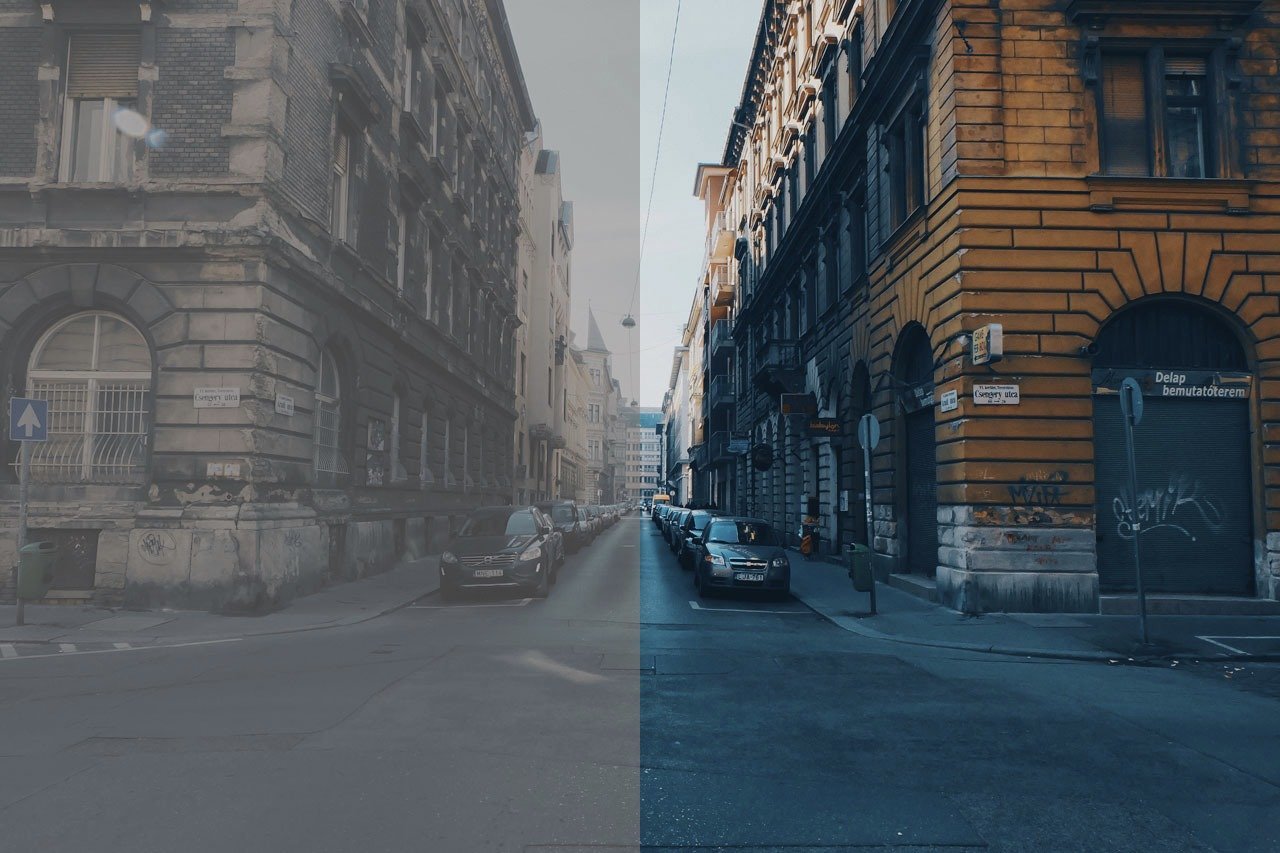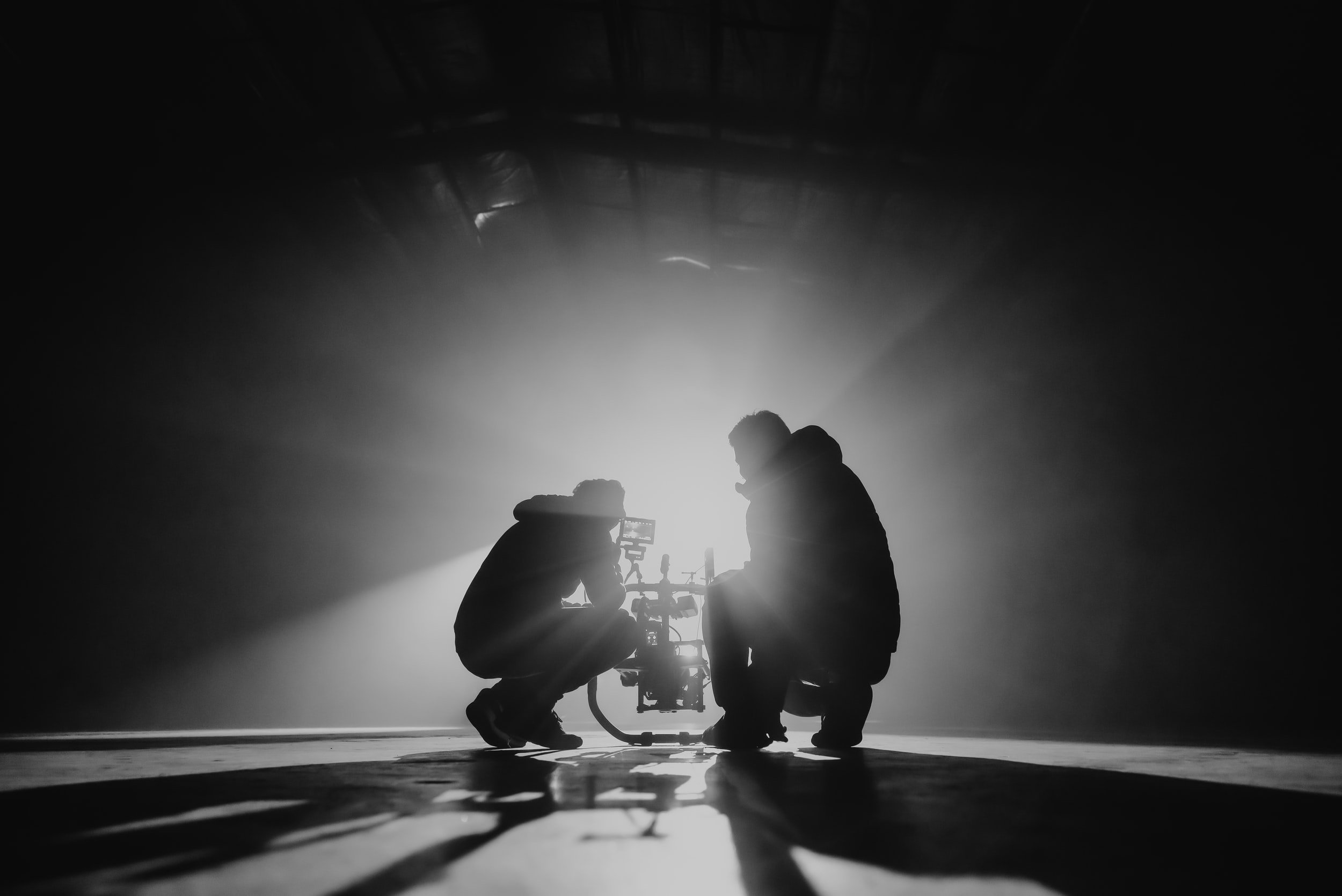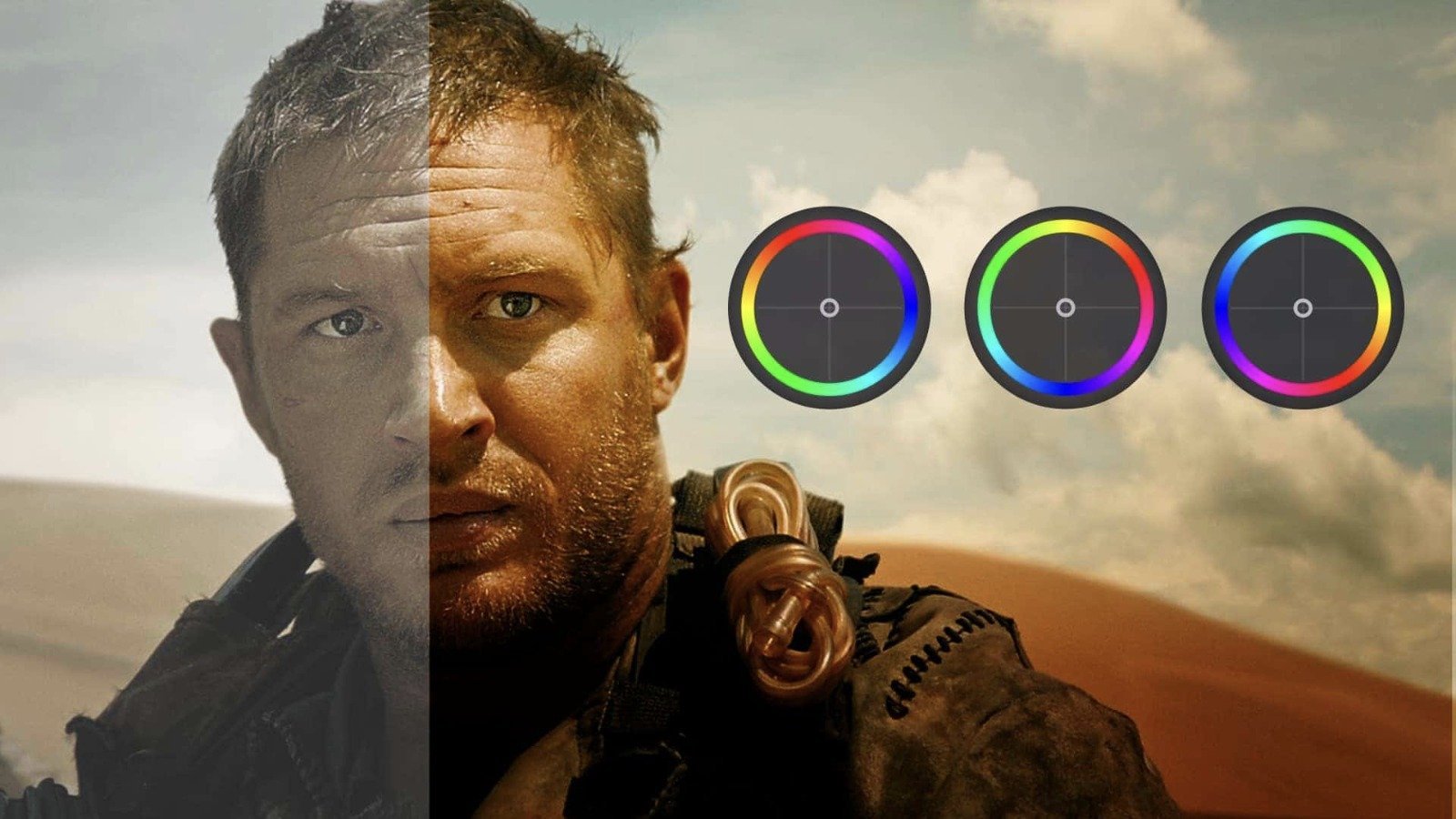What is Colour Grading?
We accept that most of the photographs we see, whether on Instagram or the glossy pages of a magazine, have been altered in some way. Even the humble smartphone selfie is rarely shared without a filter these days. Whether running it through a simple editing app, or applying some professional Paintshop skills, there are a huge number of techniques now that can be applied to visual media.
We are less conscious of it, but a similar system applies to movie making. Colour grading, put simply, is the process applied to film that transforms what the director sees on the monitor whilst recording, to what the audiences eventually see on their screens.
Colour grading can refer to any visual alterations applied during post production, from the colour itself to its saturation, contrast, detail, and hue, or the black and white balance
Colour grading goes far beyond just making corrections and fixing imperfect footage, it’s what brings your film to life. Colour grading for both still images and film can help you to produce dramatically different outcomes for the footage you’ve recorded. The process allows you to completely change the mood of the image, with warm, saturated tones complimenting the romantic wedding video you’ve created, or high levels of contrast and darkening in places to perfect a spooky horror flick.
You can see from this before and after example, just how powerful colour grading can be. It totally alters the tone and mood of a piece.
Colour grading really can do so many great things set a tone or time of day. It can determine the way a shot is interpreted. It can make an image pop and appear sharper than the original. The hues and levels of saturation chosen can convey a lot about a particular location setting, or give subtle hints about the type of character you’re looking at. It can also date the film and place it in a particular time period by emulating the look of film stocks in use at the time.
The colour grading used here instantly takes the audience to a different time in history. It is not just the costumes and set that need to be in keeping with the period, but the overall visual style of the footage, too.
Directors can use colour grading to draw your eyes to a particular area of the shot that they want the audience to take notice of. They can use it to evoke emotional responses from audience members, using colour grading to set a subtle narrative away from the dialogue spoken. It really is an art form in itself, which defines the entire completed product. That is why the best results are always achieved by a professional. Below is an example of a project we at Hellfire Creative made for Diamond Head. “All The Reasons You Live” really is an outstanding demonstration of how effective colour grading can be when applied professionally. The ambience colour grading allowed us to achieve here truly accentuates the mood of the song and the powerful lyrics.
If you already have the footage you need to create your latest piece of content, whether that be a business commercial or a self-shot music video, consider the difference in quality that might be achieved, by allowing a professional colour gradist to enhance your work first.
At Hellfire Creative we are proud to boast a range of specialists on board for all aspects of a creative project. We offer an end to end service, but we don’t need to be involved in your project from conception to completion. If a customer has completed 95% of a project themselves, we are still available to work our magic on that remaining 5% to boost the quality of the content as much as we can.
Colour grading really is one of those transformative final processes that really push your creation into the next level. Contact us today to find out more.





